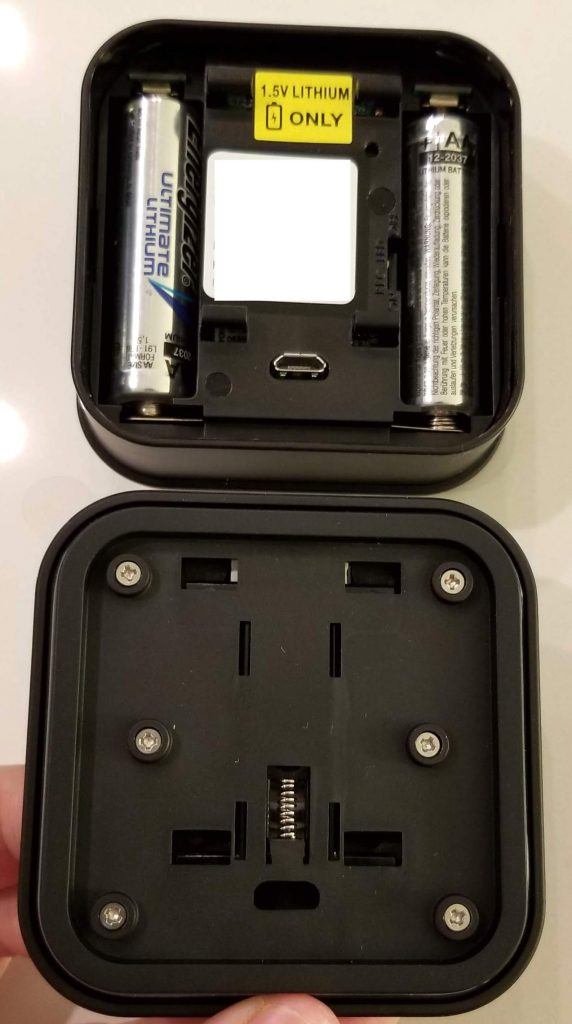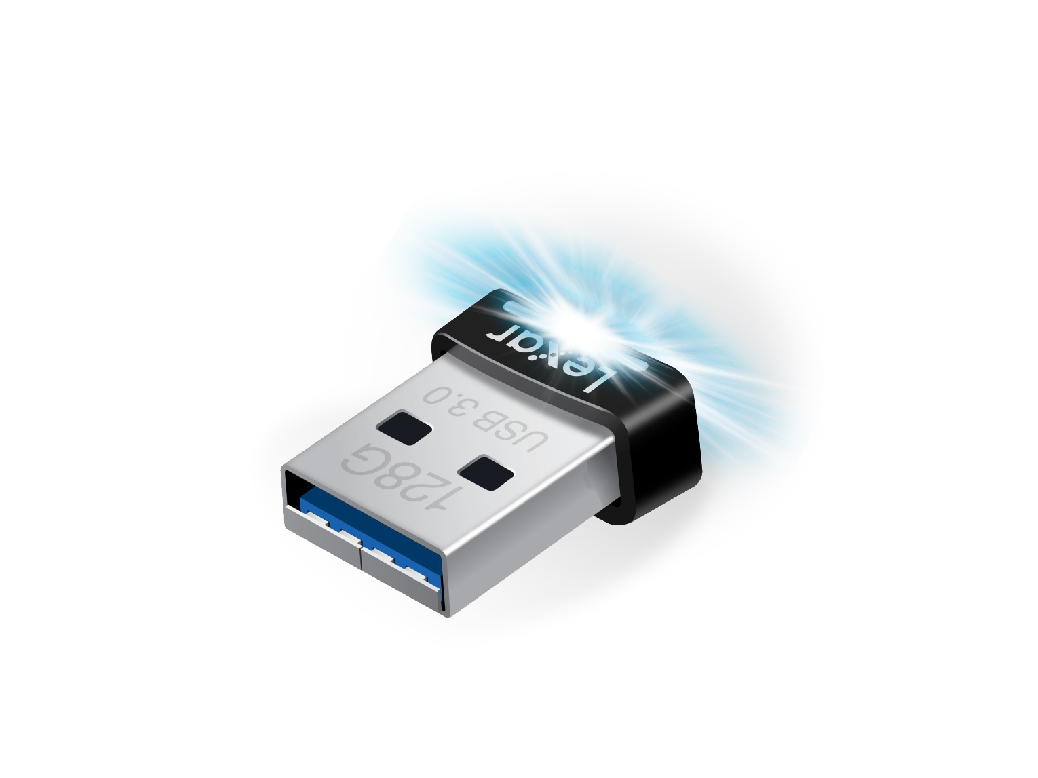

The camera.enable_motion_detection and camera.disable_motion_detection services allow for individual cameras to be enabled and disabled, respectively, within the Blink system. In addition to the services mentioned above, there are generic camera and alarm_control_panel services available for use as well. To use it, you simply call the service with the pin you receive from Blink as the payload (for a simple “Allow this Device” email, you may keep the pin value empty). The intent is to handle all of this behind the scenes, but until the login implementation is settled this was added. Since Blink’s 2FA implementation is new and changing, this is to allow the integration to continue to work with user intervention. Homeassistant : allowlist_external_dirs : - ' /tmp' - ' /path/to/whitelist' nd_pin Note that in most cases, Home Assistant will need to know that the directory is writable via the allowlist_external_dirs in your configuration.yaml file (see example below). Save the last recorded video of a camera to a local file. Trigger a camera to take a new still image. blink.blink_updateįorce a refresh of the Blink system. ServicesĪny sequential calls to services relating to blink should have a minimum of a 5 second delay in between them to prevent the calls from being throttled and ignored. The motion_enabled property reports if the camera is ready to detect motion regardless if the system is actually armed. Please note that each camera reports two different states: one as sensor.blink_status and the other as binary_sensor.blink_motion_enabled. This means that relying on any of these sensors to provide timely and accurate data is not recommended. As a note, all of the camera-specific sensors are only polled when a new image is requested from the camera. The cameras can be manually updated via the trigger_camera service which will ignore the throttling caused by scan_interval. Since the cameras are battery operated, setting the scan_interval must be done with care so as to not drain the battery too quickly, or hammer Blink’s servers with too many API requests. A binary_sensor motion detection, camera armed status, and battery status.A sensor per camera for temperature and Wi-Fi strength.A camera for each camera linked to your Blink sync module.An alarm_control_panel to arm/disarm the whole blink system (note, alarm_arm_home is not implemented and will not actually do anything, despite it being an option in the GUI).Once Home Assistant starts and you authenticate access, the blink integration will create the following platforms (note: Blink Mini cameras do not currently support any of the sensors, nor the battery status binary sensor): After a few minutes (at most) this information should populate. Given that setup is asynchronous, you may see your sensors before they have finished extracting data from the Blink servers. In this case, please enter the pin and hit Submit. You are sent an email or SMS containing a 2FA pin. In this case, leave the pin field blank and hit Submit. You are sent an email asking for you to allow Home Assistant to access Blink. When you are prompted for your pin, there are (currently) two possibilities: Go to the integrations page in your configuration and click on new integration -> Blink. The preferred method for setting this up is by using the configuration flow. You will need your Blink login information (username, which is usually your email address, and password) to use this module. To reduce hassle, use an empty but formatted stick, since this would for sure not have your new file behind the first 75 MB.The blink integration lets you view camera images and motion events from Blink camera and security systems. → If you don’t hear your recording somewhere, hook your USB to the computer and check, if it is just saved after the first (alphabetically prioritized) 75 MB on the unit. switch through the files via pressing file shortly until you hear your record.

hold file and push freeze (if this works, the unit should blink shortly to tell you that it’s writing the buffer in the memory).record a live-input (if it loops after you disengaged the input, you’re positive, that you indeed have the buffer filled).Here I did just reinstall the firmware and everything worked. I managed to “break” my firmware once, while the unit was still operating, but not as intended. I don’t know how new your module is, but if you did not do it, get onto it. Since the “save live-record” is a function added since the current firmware, maybe place the current firmware on your drive and see if it is even installed.
Blink not saving to usb manual#
Heyhey, just yesterday I discovered that Qubit has released the updated and visually great manual for the Nebulae.


 0 kommentar(er)
0 kommentar(er)
